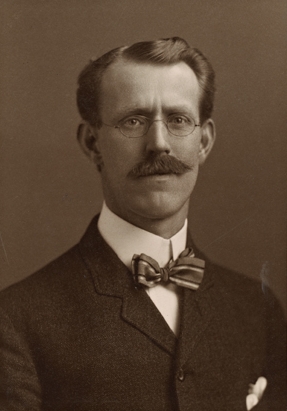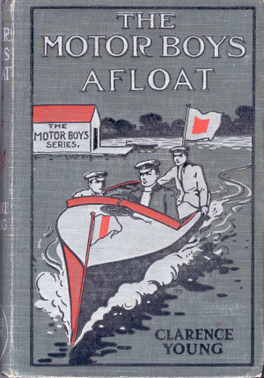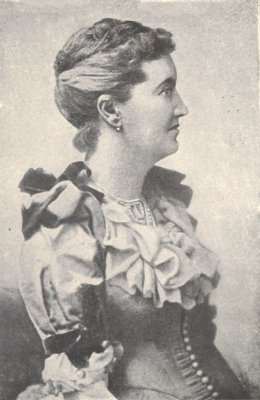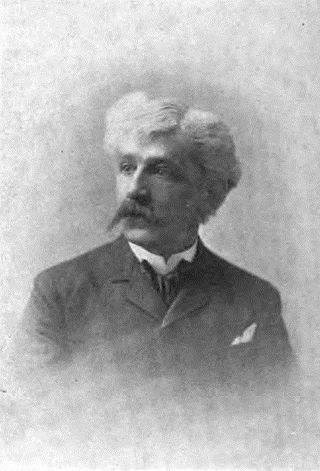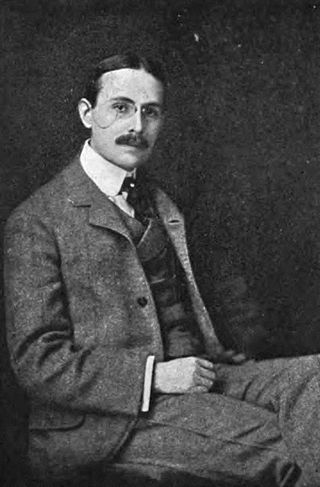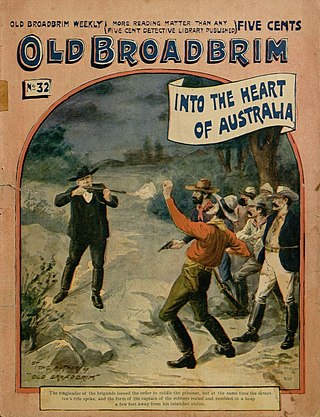Stories in periodicals

Marrying a Title; or, Love That Triumphed, Chicago Ledger, December 31, 1911 – February 10, 1912. [7]
The Boy Detective; or, The Great Morgan Mystery, Chicago Ledger, April 13, 1912-? [8]
A Boy Acrobat; or, A Young Circus King, Chicago Ledger, October 25, 1912-? [9]
Bob Bright's Adventures; or, Hunting the Golden Butterfly, Chicago Ledger, March 1914 -? [10]
To Mars with Tesla; or, The Mystery of the Hidden World, Golden Hours , March 30-May 18, 1901.
Frank Warren, Alchemist; or, The Diamond Makers, Brave and Bold No. 27, June 27, 1903.
The Electric Eye; or, Helped by the X Rays, Brave and Bold No. 40, September 26, 1903.
Which is Which? or, Winning a Name by Proxy, Brave and Bold No.47, November 14, 1903.
Wide Awake; or, Boys of the Bicycle Brigade, Brave and Bold No. 220, March 9, 1907.
A Wonder Worker; or, The Search for the Splendid City, Brave and Bold No. 234, June 15, 1907.
Jocko, The Talking Monkey; or, The Fortunes of Roy Alden, Globe-Trotter, Brave and Bold No. 237, July 6, 1907
The Sky Pilots; or, Chasing a Shadow, Brave and Bold No. 247, September 14, 1907.
At War with Mars; or, The Boys Who Won, Brave and Bold No. 256, November 16, 1907.
Lucky-Stone Dick; or, The Eighth Wonder of the World, Brave and Bold No. 259, December 7, 1907.
The Golden Harpoon; or, The Cruise of the Clifton Cadets, Brave and Bold No. 263, January 4, 1908.
Partners Three; or, A Cartload of Corn, Brave and Bold No. 268, February 9, 1908.
The Phantom Boy; or, The Young Railroaders of Tower Ten, Brave and Bold No. 279, April 25, 1903.
The Golden Pirate; or, The Second Samson, Brave and Bold No. 291, July 13, 1908.
On the Wing; or, The Chase for the Golden Butterfly, Brave and Bold No. 297, August 29, 1908.
Slam, Bang & Co,; or, The Young Aladdins of Fortune, Brave and Bold No. 301, September 26, 1908.
Held for Ransom, or; The Young Ranch Owner, Brave and Bold No. 304, October 17, 1908.
Runaway and Rover; or, The Boy from Nowhere, Brave and Bold No. 315, January 2, 1909.
The Tattooed Boy; or, Bound to Make His Mark, Brave and Bold No. 320, February 6, 1909.
The Miracles of Steel; or, The Boy Wonder, Brave and Bold No. 325, March 13, 1909.
A Miracle a Minute; or, A Brace of Meteors, Brave and Bold No. 329, April 10, 1909.
A Battle with Fate; or, The Baseball Mascot, Brave and Bold No. 334, May 15, 1909.
The Fourteenth Boy; or, How Vin Lovell Won Out, Brave and Bold No. 339, June 10, 1909.
Smart Alice; or, Bound to Get There, Brave and Bold No. 344, July 24, 1909.
Checked Through to Mars; or, Adventures in Other Worlds, Brave and Bold No. 348, August 21, 1909.
The Tiger's Claws; or, Out With the Mad Mullah, Brave and Bold No. 361, November 20, 1909.


